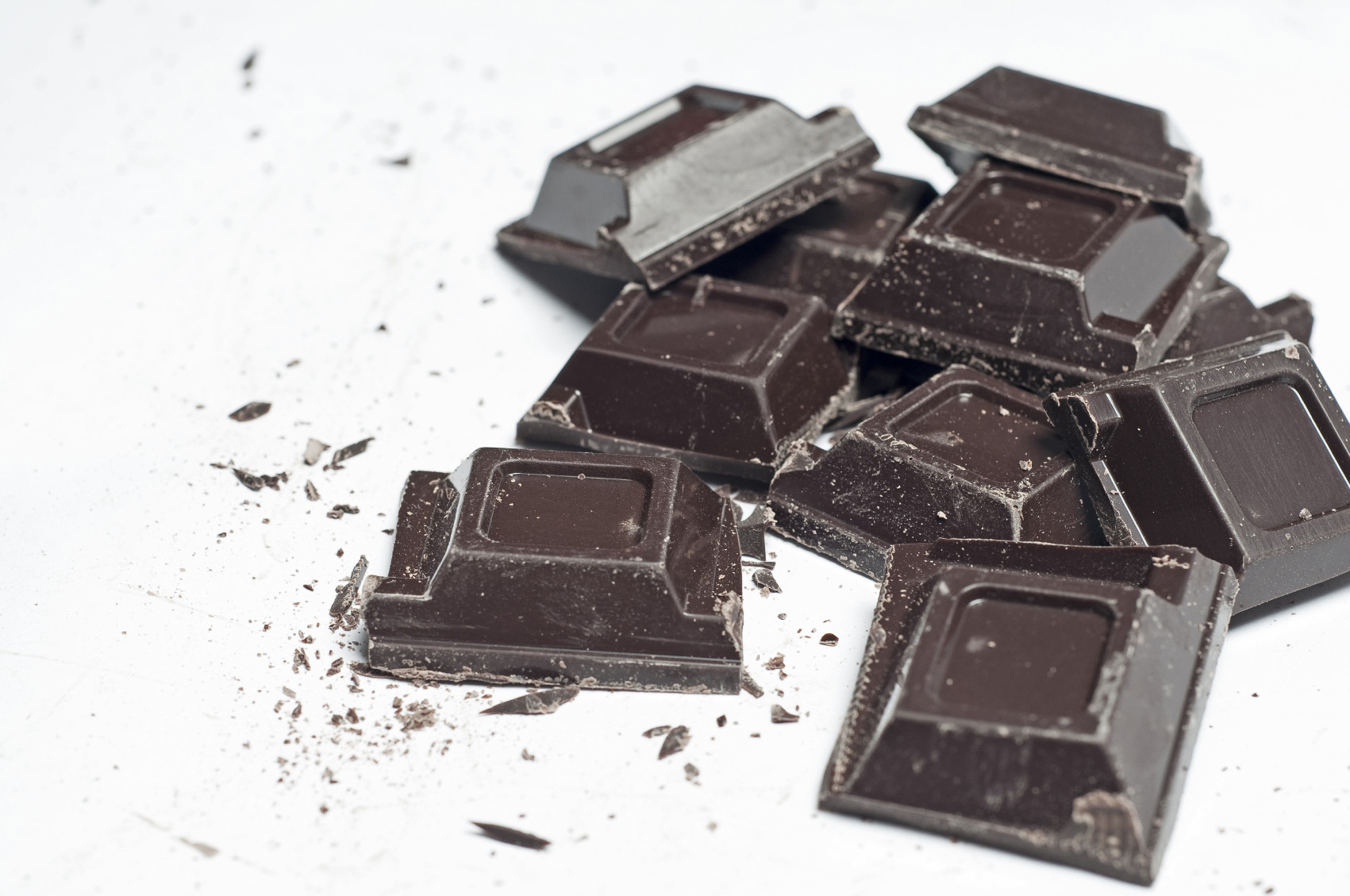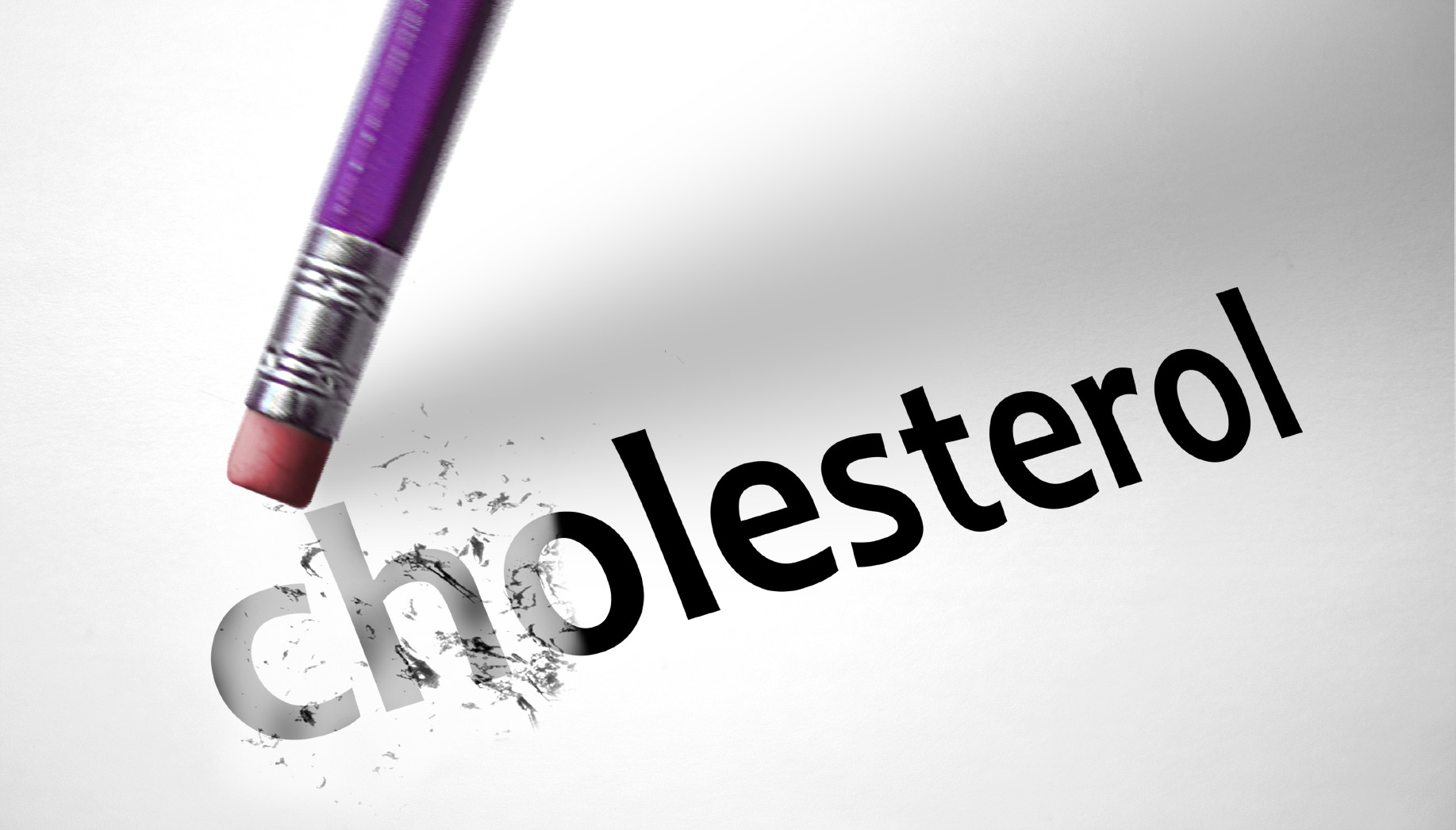
5 timeless habits for better health

What are the symptoms of prostate cancer?

Is your breakfast cereal healthy?

When pain signals an emergency: Symptoms you should never ignore

Does exercise give you energy?

Acupuncture for pain relief: How it works and what to expect

How to avoid jet lag: Tips for staying alert when you travel

Biofeedback therapy: How it works and how it can help relieve pain

Best vitamins and minerals for energy

Should you take probiotics with antibiotics?
Heart Health Archive
Articles
Sweet dreams: eating chocolate prevents heart disease
If you’re a chocoholic, the news out of England is tantalizing: middle-aged and older adults who eat up to 3.5 ounces of chocolate a day (that’s more than two standard Hershey bars) seem to have lower rates of heart disease than those who spurn chocolate. At least that was the conclusion of a study that followed the health of nearly 21,000 resident of Norfolk, England, for 11 years. Most of the previous studies on the chocolate-heart connection found that only dark chocolate offered any cardiovascular protection. In the Norfolk study, any type of chocolate, including milk chocolate, seemed to have the same beneficial effect. I routinely write my patients a prescription for exercise, and sometimes for eating more vegetables and fruits. I won’t be writing any prescriptions for chocolate in the foreseeable future. But I won’t be telling them not to eat chocolate—in moderation of course.
Cardiac arrest during sports is rare, and there may be warning signals
Reports that someone thought to be "perfectly healthy" collapsed while playing sports may instill fear in middle-aged men who want to stay physically active. However, a study in Circulation found that sudden cardiac arrest (SCA) during sports activities is uncommon and is often preceded by possible symptoms of heart problems.
Researchers have tracked cases of SCA in Oregon since 2002 in adults ages 35 to 65. As of 2013, only 63 of the 1,247 SCAs they found, or 5%, happened either during or within one hour of engaging in activities such as jogging, bicycling, basketball, golf, or tennis. It occurred more often in men, although it's possible this was because the men were more likely to engage in sports than women.
Getting to the heart of kidney disease
Controlling blood pressure and blood sugar will help both your heart and your kidneys.
On the surface, it's difficult to see how coronary artery disease and kidney damage might be related. But on the cellular level, the two conditions often go hand in hand. A closer look reveals the key. Underlying both conditions are two powerful risk factors: high blood pressure and diabetes, each of which damages the heart and kidneys independently.
High-tech heart scans: Who might need one?
CT angiography is one of several tests doctors can use to assess your heart's arteries.
For more than half a century, cardiologists have relied on a procedure known as invasive coronary angiography, a test that can reveal dangerous narrowings in the arteries that supply the heart. The test uses a special dye that shows up on x-rays, which is delivered to the heart through a thin tube (catheter) that's snaked through a blood vessel in the leg or arm. As a result, rare but sometime serious complications can occur, including bleeding at the insertion site or damage to the artery.
Divorce linked to higher risk of heart attack
Divorce—especially for women—appears to boost the odds of having a heart attack, a new study finds.
The study, in the April 14, 2015, Circulation: Cardiovascular Quality and Outcomes, included nearly 16,000 adults ages 45 to 80 who had been married at least once. By the end of the 18-year study, more than a third had gone through at least one divorce. Heart attacks were 24% more common in once-divorced women and 77% higher in those divorced at least twice.
Combination of a cholesterol-lowering statin and ezetimibe lowers risk of a heart attack or stroke
High cholesterol is a key culprit in the development of cardiovascular disease, the leading cause of death in the United States and many other developed countries. We know that lowering cholesterol helps prevent heart attacks and strokes. But an unanswered question remains: how low should you go? New research published online today in The New England Journal of Medicine suggests that lower is better. In a large clinical trial, participants who took a cholesterol-lowering statin plus ezetimibe, a different type of cholesterol-lowering drug, had lower levels of harmful LDL cholesterol and experienced fewer heart attacks and strokes than participants taking a statin alone. The new findings provide a strong rationale for using ezetimibe when a statin alone isn’t enough.
Think FAST to recall the warning signs of a stroke
One in six people worldwide will have a stroke in his or her lifetime. Learn to recognize a "brain attack."
Heart attacks often make themselves known with a hard-to-ignore, obvious symptom like chest pain. That's not the case for strokes, which can cause a wide range of symptoms that may affect your ability to speak, see, move, or feel. A stroke interrupts blood flow to the brain, depriving brain cells of oxygen and nutrients. Prompt treatment can prevent a potentially devastating disability or death—which is why everyone should know the top warning signs of stroke.
Grip strength may provide clues to heart health
A strong or weak hand grip carries more than just social cues. It may also help measure an individual’s risk for having a heart attack or stroke, or dying from cardiovascular disease. As part of the international Prospective Urban and Rural Epidemiological (PURE) study, researchers measured grip strength in nearly 140,000 adults in 17 countries and followed their health for an average of four years. Each 11-pound decrease in grip strength over the course of the study was linked to a 16% higher risk of dying from any cause, a 17% higher risk of dying from heart disease, a 9% higher risk of stroke, and a 7% higher risk of heart attack. Interestingly, grip strength was a better predictor of death or cardiovascular disease than blood pressure. What’s the connection? It’s possible that grip strength measures biological age.
Scientifically proven diets that work
Heart-healthy diets emphasize fruits and vege-tables as a major source of daily calories. Images: Thinkstock |
Substantial research proves the Mediterranean and DASH eating plans offer important health benefits for men.
Abdominal aortic aneurysm: When you need this one-time test
Family history or past smoking both point to higher risk for this potentially fatal condition.
How many "lifesaving" medical tests have you been offered lately? One frequently marketed to older men is an ultrasound of the abdominal aorta, the large artery below the heart that feeds the lower body. A bulging weak spot there—an abdominal aortic aneurysm (AAA)—could eventually rupture, and that is usually fatal.

5 timeless habits for better health

What are the symptoms of prostate cancer?

Is your breakfast cereal healthy?

When pain signals an emergency: Symptoms you should never ignore

Does exercise give you energy?

Acupuncture for pain relief: How it works and what to expect

How to avoid jet lag: Tips for staying alert when you travel

Biofeedback therapy: How it works and how it can help relieve pain

Best vitamins and minerals for energy

Should you take probiotics with antibiotics?
Free Healthbeat Signup
Get the latest in health news delivered to your inbox!
Sign Up










